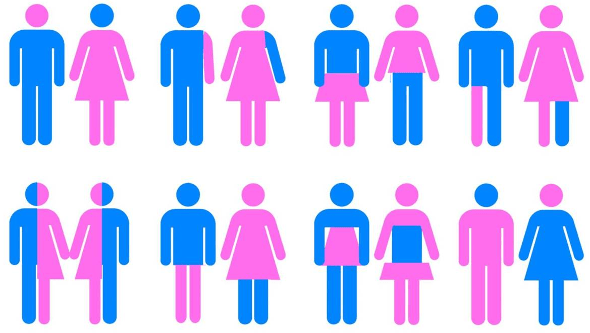|
By Kimberly Shen
Edited by Arianna Winchester On August 22, 1965, Janet Reimer gave birth to two healthy twin boys named Bruce and Brian. However, an accident occurred when the two boys underwent a circumcision operation. Because the equipment burned Bruce’s penis beyond repair, Bruce ultimately had to undergo an operation that removed his penis. Distraught, Bruce’s parents turned to a well-respected Johns Hopkins psychologist named Dr. John Money, a leader in the fields of sexual development and gender identity. Believing that the concept of gender identity is something that is socially acquired from early childhood, Money hypothesized that sexual reassignment would be the ideal solution for Bruce’s problem. He reasoned that if the child were raised to play with dolls and wear dresses, “she” would be more inclined to accept “her” identity as a girl. Bruce’s parents yielded to Dr. Money’s suggestions and renamed their child ‘Brenda.’ For about a decade, Dr. Money provided psychological support for the gender reassignment and saw ‘Brenda’ annually to evaluate her psychological experiences and to supervise the injection of estrogen, intended to develop female sex characteristics during her adolescence. However, although Brenda had not been told the truth of her sexual identity, she never quite accepted her identity as a girl. Even as a small child, she never took to frilly dresses and dolls. Teachers and classmates alike sensed there was something strange about Brenda. Known as “gorilla” or “Cavewoman,” Brenda was ostracized by classmates because of her masculine tendencies. One of her few friends recalled that “As far as [she] knew, Brenda was a girl—physically. But from everything that [Brenda] said and did, she indicated that she didn’t want to be a girl…Brenda fought with the boys. She would take the bruises.” By age 13, Brenda fell into depression and threatened to commit suicide if her parents made her keep returning to Dr. Money for therapy sessions. It was then that the Reimers finally told Brenda the truth about the gender reassignment surgery. At age 14, Brenda renamed himself David, taking the first step in assuming his male identity. Over the next few years, he went through a number of procedures to reverse the gender reassignment, such as testosterone injections and reconstruction of an artificial penis. However, David Reimer never fully recovered from the trauma and confusion of his earlier years, ultimately committing suicide in 2004. David’s story reminds us that although there are some cultural aspects to what we perceive as gender constructs, the biological aspects of gender cannot be ignored. Contemplating this case, a psychologist named Dr. Milton Diamond observes that, “If all these combined medical, surgical, and social efforts could not succeed in making the child accept a female gender identity, then maybe we really have to think that there is something important in the individual’s biological makeup… we come to this world with some degree of maleness and femaleness which will transcend whatever the society wants to put into it.”
0 Comments
Leave a Reply. |
Categories
All
Archives
April 2024
|

